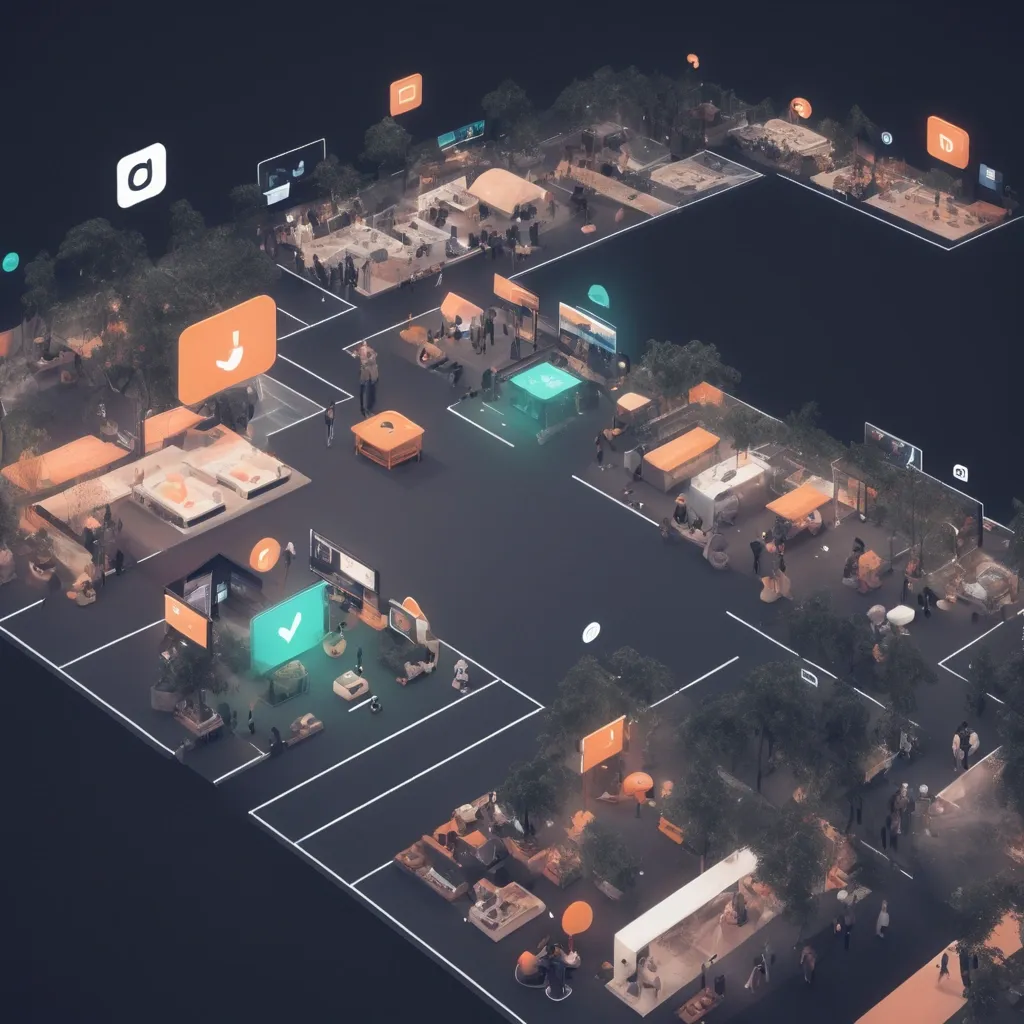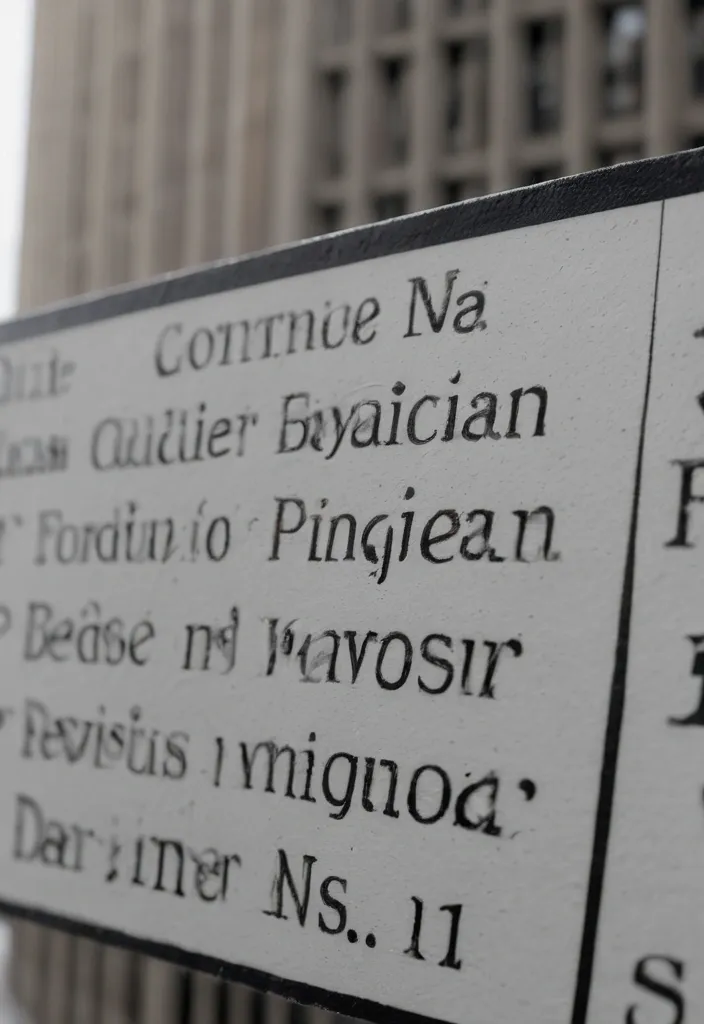Search Results for courses
Explore AI generated designs, images, art and prompts by top community artists and designers.

Design a user-friendly and intuitive mobile social networking app encompassing the following key features: NFT Marketplace: Seamless integration for buying , selling , and showcasing NFTs. Consider functionalities like bidding , collections , and creator verification. Short-Form Video & Live Streaming: TikTok/Instagram Reels style feed with vertical videos , live stream integration , interactive features (likes , comments , shares , donations/tips) , and easy content creation tools. E-commerce Marketplace: Robust platform for buying and selling goods and services , categorized browsing , secure payment gateway , order management , reviews/ratings , and seller profiles. Groups/Communities: Dedicated spaces for influencers , courses , interest-based communities , featuring discussion forums , event scheduling , membership management , and content sharing within groups. VR World: Immersive VR environment with customizable avatars , interactive spaces for events and meetups , and potential integration with NFTs (e.g. , virtual wearables). Private Messaging: Secure and feature-rich direct messaging with text , voice/video calls , file sharing , and optional disappearing messages. User Accounts: Personalized profiles showcasing user activity , content creation , NFT collections , marketplace listings , follower/following lists , and privacy settings. Focus on: Intuitive Navigation: Clear and easy navigation between different sections of the app. Modern & Clean UI/UX: Visually appealing and uncluttered design. Seamless Integration: Harmonious integration of all features within a single app experience. Monetization Strategy (Optional): Consider potential revenue streams like transaction fees , in-app purchases , premium features , and advertising. ,

Fairness means ensuring your analysis doesn't create or reinforce bias. This can be challenging , but if the analysis is not objective , the conclusions can be misleading and even harmful. In this reading , you’re going to explore some best practices you can use to guide your work toward a more fair analysis! Consider fairness Following are some strategies that support fair analysis: Best practice Explanation Example Consider all of the available data Part of your job as a data analyst is to determine what data is going to be useful for your analysis. Often there will be data that isn’t relevant to what you’re focusing on or doesn’t seem to align with your expectations. But you can’t just ignore it; it’s critical to consider all of the available data so that your analysis reflects the truth and not just your own expectations. A state’s Department of Transportation is interested in measuring traffic patterns on holidays. At first , they only include metrics related to traffic volumes and the fact that the days are holidays. But the data team realizes they failed to consider how weather on these holidays might also affect traffic volumes. Considering this additional data helps them gain more complete insights. Identify surrounding factors As you’ll learn throughout these courses , context is key for you and your stakeholders to understand the final conclusions of any analysis. Similar to considering all of the data , you also must understand surrounding factors that could influence the insights you’re gaining. A human resources department wants to better plan for employee vacation time in order to anticipate staffing needs. HR uses a list of national bank holidays as a key part of the data-gathering process. But they fail to consider important holidays that aren’t on the bank calendar , which introduces bias against employees who celebrate them. It also gives HR less useful results because bank holidays may not necessarily apply to their actual employee population. Include self-reported data Self-reporting is a data collection technique where participants provide information about themselves. Self-reported data can be a great way to introduce fairness in your data collection process. People bring conscious and unconscious bias to their observations about the world , including about other people. Using self-reporting methods to collect data can help avoid these observer biases. Additionally , separating self-reported data from other data you collect provides important context to your conclusions! A data analyst is working on a project for a brick-and-mortar retailer. Their goal is to learn more about their customer base. This data analyst knows they need to consider fairness when they collect data; they decide to create a survey so that customers can self-report information about themselves. By doing that , they avoid bias that might be introduced with other demographic data collection methods. For example , if they had sales associates report their observations about customers , they might introduce any unconscious bias the employees had to the data. Use oversampling effectively When collecting data about a population , it’s important to be aware of the actual makeup of that population. Sometimes , oversampling can help you represent groups in that population that otherwise wouldn’t be represented fairly. Oversampling is the process of increasing the sample size of nondominant groups in a population. This can help you better represent them and address imbalanced datasets. A fitness company is releasing new digital content for users of their equipment. They are interested in designing content that appeals to different users , knowing that different people may interact with their equipment in different ways. For example , part of their user-base is age 70 or older. In order to represent these users , they oversample them in their data. That way , decisions they make about their fitness content will be more inclusive. Think about fairness from beginning to end To ensure that your analysis and final conclusions are fair , be sure to consider fairness from the earliest stages of a project to when you act on the data insights. This means that data collection , cleaning , processing , and analysis are all performed with fairness in mind. A data team kicks off a project by including fairness measures in their data-collection process. These measures include oversampling their population and using self-reported data. However , they fail to inform stakeholders about these measures during the presentation. As a result , stakeholders leave with skewed understandings of the data. Learning from this experience , they add key information about fairness considerations to future stakeholder presentations. ,

Sophisticated gazes dart between towering skyscrapers as a sleek , scarlet roadster glides effortlessly through the urban jungle , accompanied by a dashing figure with a dynamic , effortless air. Neon lights reflect off the polished chrome as the city's pulsating energy courses through the scene like an electric current , illuminating the bright , optimistic hues of the vibrant metropolis. ,

On the battlefield , amidst the chaos and carnage , stands an anime girl clad in a worn and battered iron armor. Her long black hair flows in disarray , mirroring the intensity of the ongoing struggle. The blue pupils in her fatigued eyes reflect the toll of the prolonged conflict. Her armor , once a formidable shield , now bears the scars of the battle , shattered in some parts and stained with the remnants of her foes. Gripped tightly in her blood-stained hand is a broken sword , a testament to the unyielding determination that courses through her despite the weariness etched on her face. , Cartoon ,